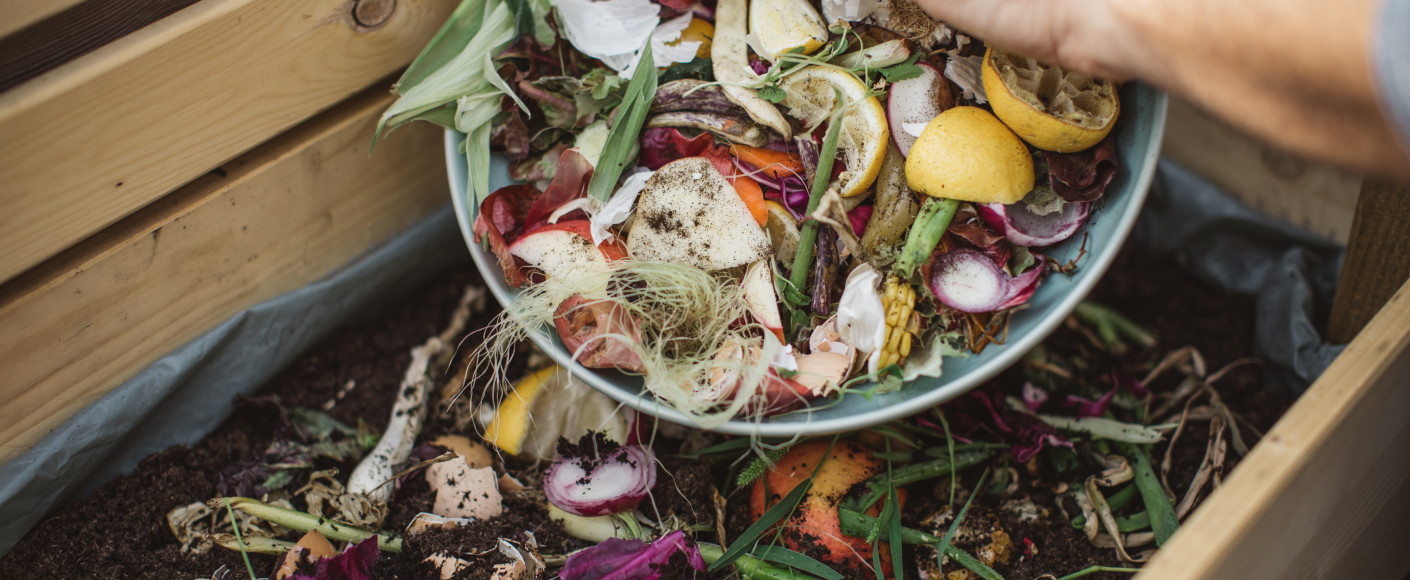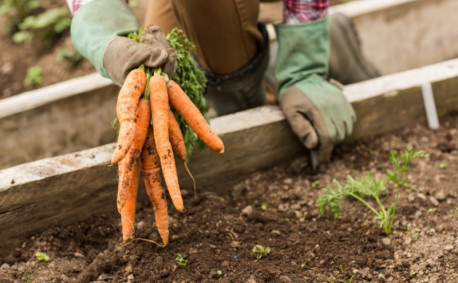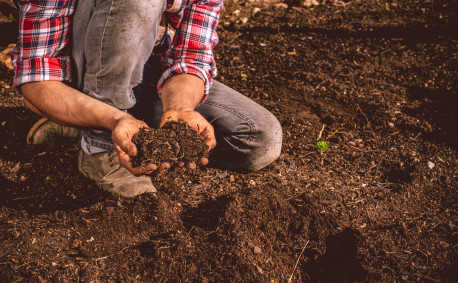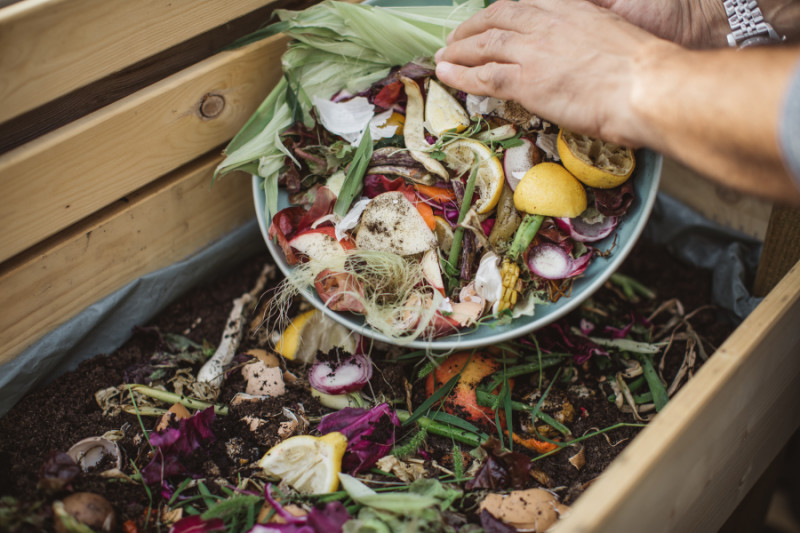Compost: Black Gold for Your Garden
You may be an expert when it comes to gardening, but it doesn’t matter how green your thumb is if your soil is subpar. So how do you ensure your plants get the nutrients they need to grow strong and healthy? One solution is compost.
What Is Compost?
Compost is simply decomposed plant matter. The decomposition process allows bacteria, fungi and microorganisms to recycle organic waste into fertilizer that your soil will gobble up. With the addition of compost, your garden will soon become the envy of the neighborhood. There’s a reason gardeners refer to compost as “black gold!”
There are also environmental benefits to composting. In addition to reducing the amount of garbage in overflowing landfills, the Natural Resources Defense Council points out that “recycling food and other organic waste into compost provides a range of environmental benefits, including improving soil health, reducing greenhouse gas emissions, recycling nutrients and mitigating the impact of droughts.”
Healthy soil, healthy gardens and a healthy environment? Sounds like the perfect recipe for healthy people.
Types of Compost
There are three types of compost: cold, hot and vermicompost (worm compost).
- Cold composting. Low-maintenance cold composting involves little more than throwing your kitchen waste and grass clippings into a pile or bin and letting it rot over time. This method produces high-quality compost, but you won’t see results for at least a year. It’s like having the compost in a slow cooker on low heat.
- Hot Composting. Even cold compost piles generate heat thanks to the decomposition process, but by turning (mixing) the compost and adding water as needed to keep it damp (not soggy), you can speed things up and increase the temperature within the compost pile. The finished product can be ready in as early as four weeks with this more labor-intensive method. Plus, the hotter temperatures provide the added benefit of killing harmful bacteria and weed seeds. Some experts recommend “curing” the end product for a month or two before incorporating it into your soil, which allows good bacteria to reach levels that will help your plants resist disease and pest damage.
- Vermicomposting. Bring on the worms! Red Wiggler worms, that is — this particular worm has a big appetite for food scraps, and their waste is high in nitrogen. Vermicompost is most often created in a worm bin inside your kitchen, as the worms require temperatures between 55 and 77 degrees Fahrenheit. You can build your own bin or purchase one, and the worms are available for purchase as well.
What to Compost v. What Not to Compost
| Yes | No |
|
|
Starting Your Compost
You have lots of options when it comes to composting.
- Buy or make a compost bin to contain your materials, or simply start an open pile on the ground 3 to 5 feet in diameter and surround it with the fencing of your choice. Compost doesn’t stink when you mix it correctly, but to be safe and not invite any creepy-crawlies into your house, locate your pile or bin in a dry spot 10 to 30 feet from your home.
- Throw in your scraps and clippings. A good rule of thumb is to layer two parts brown ingredients (dry yard waste, cardboard, etc.) to one part green (kitchen scraps and other wet items). If your pile is too green, it could get overly damp and start to smell, so be sure to keep it balanced with brown items. Have, say, an abundance of dead leaves? You may need to add a little water.
- If you’re going for hot compost, turn the pile by flipping it upside down when you get a few feet of materials. The easiest way to do this is to lift the fencing or bin and set it next to the compost, then refill. Turning mixes your compost materials and helps break them down to keep the process moving.
Compost gospel: If it smells, it’s too wet or the stinky stuff (think broccoli) isn’t buried deeply enough. If It’s not decomposing, it’s too dry. It’s that simple!
There’s no right or wrong way to compost, so go ahead and get started. If you’d like to read more, check out this free beginner’s guide from K-State Research and Extension.





